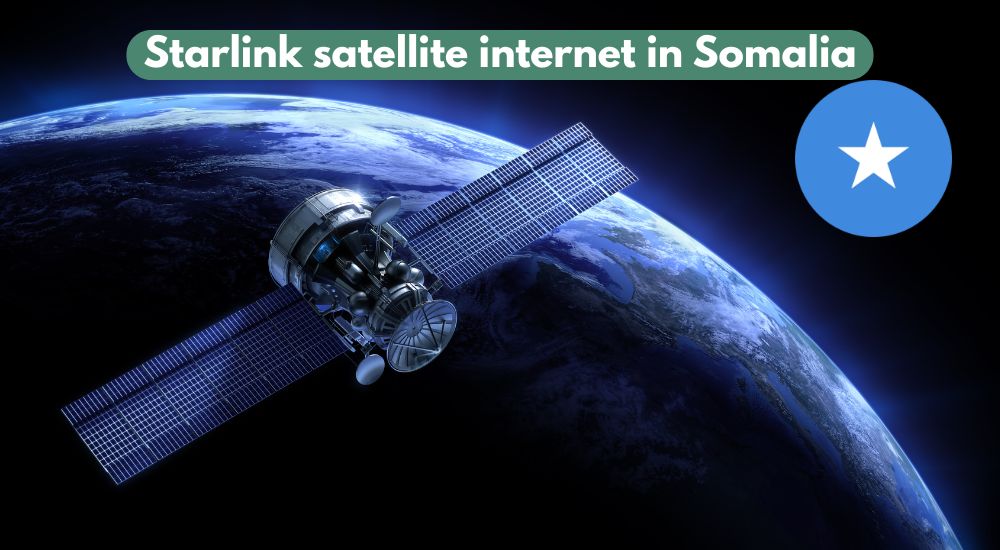Starlink satellite internet has been launched in Somalia. The expansion further accelerates and expands the American broadband company’s presence in the African continent. It’s the 25th market for the company in Africa, to be exact.
The National Communications Authority (NCA) gave its approval to Starlink in April 2025. Since then, the company has been preparing to launch the service, which has materialized in early week of August. The move has been lauded by African officials who have praised it as a key step for the country’s digital transformation, especially as it aligns with Somalia’s National ICT Policy and Strategy for its 6-year plan.
Also: List of airline companies with Starlink in-flight internet
Starlink satellite internet price in Somalia
Starlink satellite internet price in Somalia is SOS 40,000, which is $70 per month. It also includes a one-time dish cost of SOS 220,00,0, which translates to $390. The price factor may prove a hurdle to regular citizens for its adoption, as telcos’ services are likely to be much cheaper. However, government bodies, businesses, and even some heavy internet users could choose to go satellite for its reliability and low latency.
The government, likewise, sees Starlink’s launch in the country as a milestone for its digital economy promotion and to address its digital divide.
Check out: Jio vs. Airtel satellite internet service | Speed, coverage, latency, more
Starlink has accelerated its expansion in Africa. Recently, the company launched its services in Chad and Lesotho. The company is also trying to enter South Africa, but the local share provision has made it difficult, as it has in other Asian nations such as Nepal. In contrast, Starlink espouses 100% ownership of its services.
With Somalia launch, SpaceX continues to expand its satellite broadband services across the world. It’s almost reaching a blanket coverage in Africa in terms of countries where it’s launched the service has been launched. For its benefit, Africa could use wireless internet as a tool to bridge its digital divide and promote its socioeconomic conditions.
